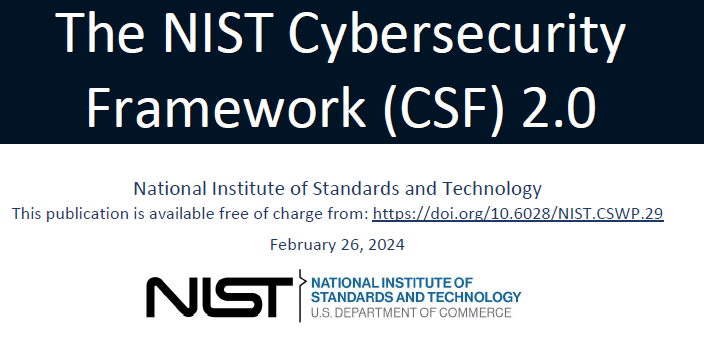From ancient ciphers to modern encryption, cryptanalysis is the art (and science!) of finding weaknesses in cryptographic systems. Sharpen your CISSP skills by identifying the techniques at play in these scenarios!
Cryptanalysis Quiz
Scenario 1: An attacker intercepts an encrypted message. By carefully analyzing the frequency of certain letters and patterns, they are able to partially break the cipher and guess some of the content.
Which cryptanalytic technique is most likely being used?
- A. Brute Force Attack
- B. Known-Plaintext Attack
- C. Frequency Analysis
- D. Differential Cryptanalysis
Scenario 2: A security researcher discovers that a legacy encryption algorithm is vulnerable to a mathematical shortcut that significantly reduces the time needed to find the encryption key.
This vulnerability likely exploits a weakness in which aspect of the algorithm?
- A. Ciphertext Length
- B. Key Size
- C. Underlying Mathematical Structure
- D. Implementation Flaws
Scenario 3: An attacker gains access to both an encrypted message and its decrypted counterpart. They use this information to try to deduce the encryption key.
Which type of cryptanalytic attack does this describe?
- A. Man-in-the-Middle Attack
- B. Frequency Analysis
- C. Chosen-Ciphertext Attack
- D. Known-Plaintext Attack
Read further below for the CarlsCloud™ cryptanalysis quiz answers with explanations!
Beyond the Quiz: CISSP Insights
- Cryptanalysis in a Modern Context: The CISSP exam isn't about hand-solving ciphers, but understanding how attackers might target the algorithms protecting your data.
- Know Your Enemy: Understanding cryptanalytic techniques tells you where to focus your defenses.
- Not All Encryption is Equal: Weak algorithms, even when properly implemented, put data at risk.
Answer Key
Scenario 1: C (Frequency Analysis)
Scenario 2: C (Underlying Mathematical Structure)
Scenario 3: D (Known-Plaintext Attack)
Explanations
Scenario 1
- Frequency Analysis: Classic technique that exploits predictable letter frequencies in languages. Especially effective against simple substitution ciphers.
- The Others:
- Brute Force: Trying all key possibilities - time-consuming without clues.
- Known-Plaintext: Requires existing plaintext-ciphertext pairs (see Scenario 3)
- Differential: Advanced, looks for how differences in input change ciphertext.
Scenario 2
- Mathematical Structure: Algorithms rely on complex math. Weaknesses here mean keys are easier to find, even with long key sizes.
- The Others:
- Ciphertext Length: Not the core issue, though vulnerable algorithms might produce predictable lengths.
- Key Size: Does matter, but mathematical weakness makes even long keys crackable.
- Implementation Flaws: A separate concern – good crypto with bad coding is still vulnerable.
Scenario 3
- Known-Plaintext: Having both the 'before' and 'after' lets attackers deduce patterns about the key itself.
- The Others:
- MITM: Intercepts traffic in transit, not meant to break existing ciphertext
- Frequency Analysis: Works without plaintext, by guessing based on language patterns
- Chosen-Ciphertext: Feeds attacker-chosen ciphertext to get clues (more active attack).
CISSP Takeaways
- Strong encryption isn't just an algorithm name. Know which ones are considered secure and why they can degrade over time.
- Assume attackers have some knowledge. Even strong crypto can be broken with side information (like plaintext).
- Defense-in-Depth: Cryptanalysis is why the CISSP harps on secure key management, algorithm agility, etc.




